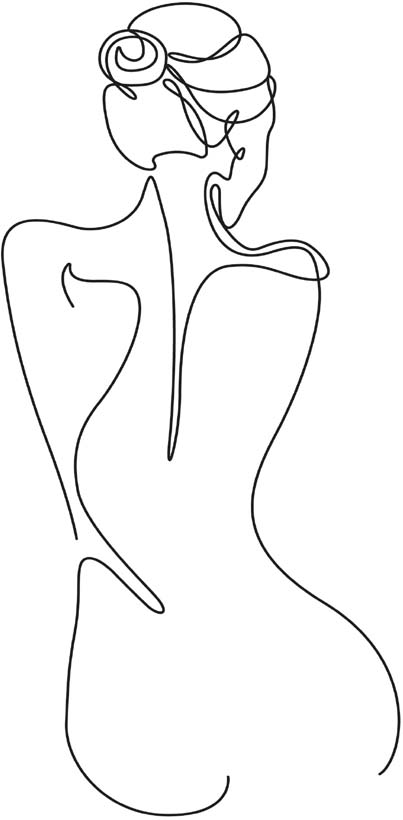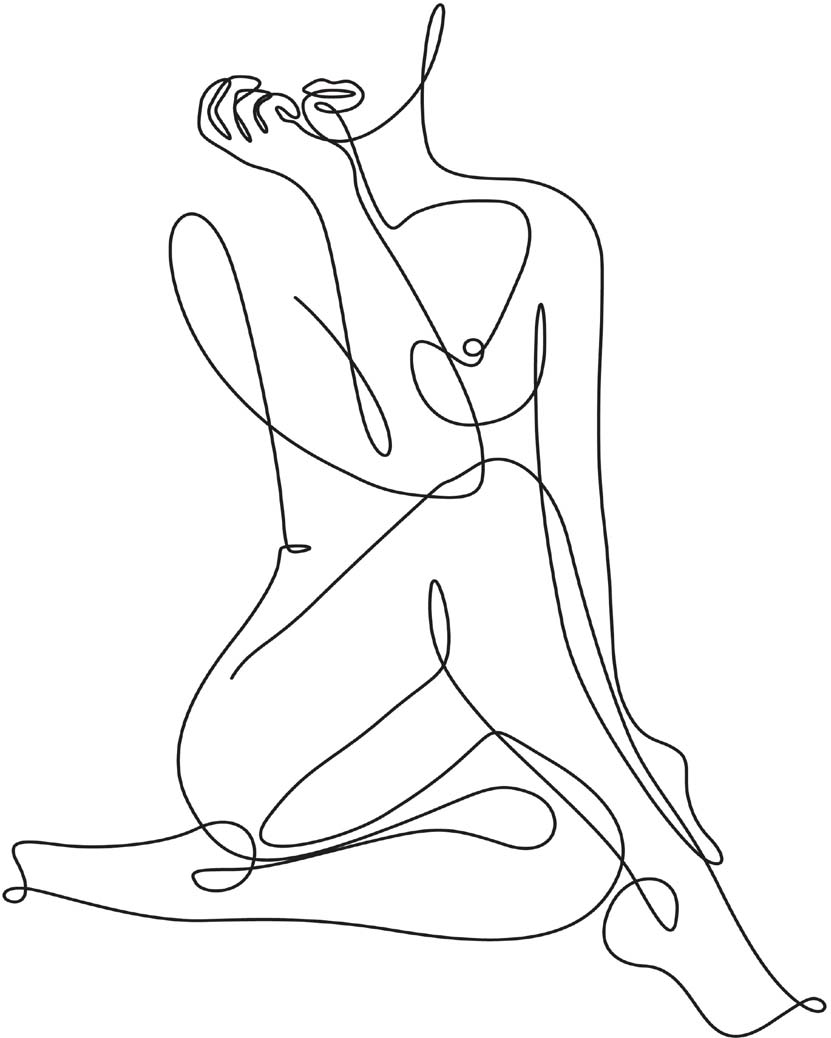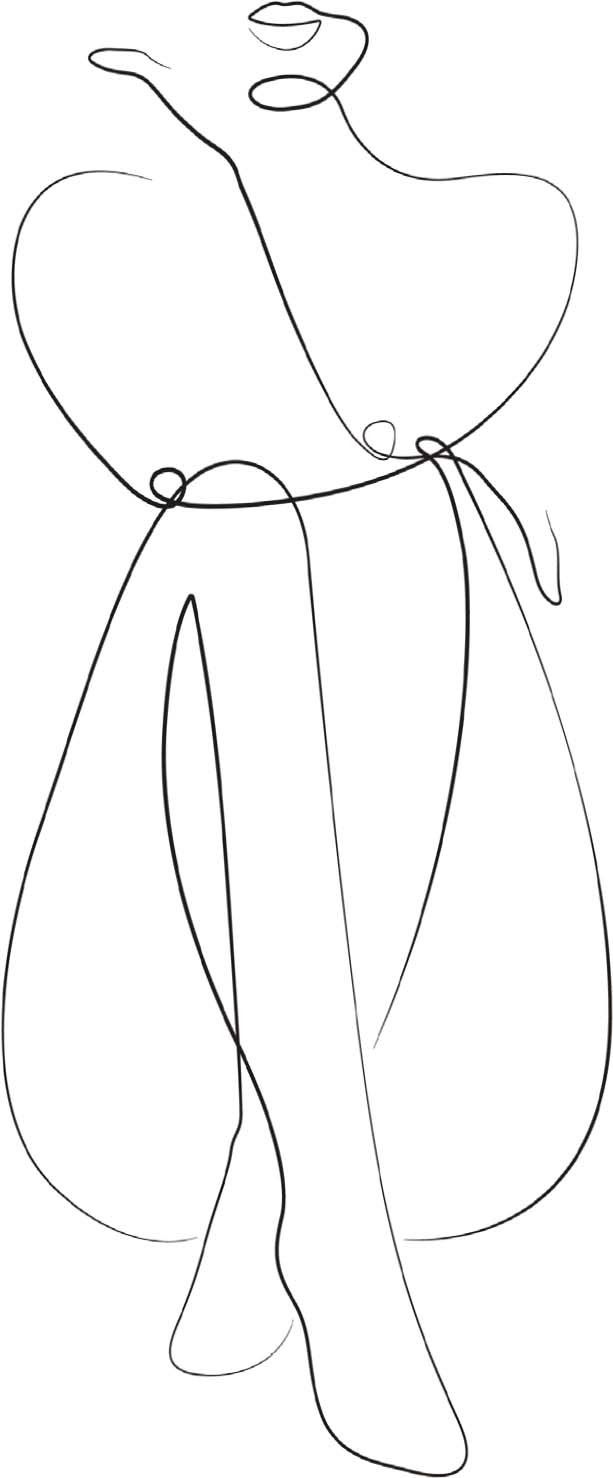
Body contouring/sculpting is a term that describes the combination of two different processes: fat removal by liposuction and fat transfer.
The first part of the process, liposuction, is a procedure of fat removal and is generally the more popular choice amongst patients and surgeons alike. However, it is important to rememeber that the body is a three dimensional structure. In order to sculpt the body into the ideal shape desired by the patient, certain parts may require fat removal, and other parts may require fat addition. Therefore, the term body contouring/sculpting is more appropriate for this technique, as the removal and subsequent addition of fat are part of the same process.
The notion of body contouring/sculpting, as opposed to liposuction alone, gained popularity primarily from the Brazilian butt lift (BBL) trend, a procedures that sees most patients want fat pumped into their gluteal area. To perform this, fat is removed from other areas of the body via the process of liposuction. Before larger buttocks came into fashion, the most common demand in terms of fat transfer was for the breasts.
Body proportions

There is logic in the combination of fat removal combined with fat addition. We all aim for certain body proportions, which are dictated by fashion, personal preferences, and scientifically determined aesthetic standards (Fisher et al, 2006). There has been a lot of research conducted on the aesthetic preferences of the human body. This, of course, is influenced by fashion trends. Before the BBL revolution, a big gluteal area was not considered desireable — in the western world at least. This preference remained for a very long period of time. Flat, small bottoms were very desirable. Now, it is the complete opposite, to the extent that extremely large bottoms are favoured. The truth, as always, lies in the middle, and there is a specific scientific ratio that is most pleasing to the eye (Fisher et al, 2006). This calculation is the waist-to-hip ratio, derived by dividing the circumference of the waist by that of the hips. In a study, independent observers were asked to analyse photos of different waist-to-hip ratios and point to the body they found most attractive, instinctively (Singh, 1993). In a female body, the most attractive waist-to-hip ratio was 0.7 (Singh, 2004).
The body is a three dimensional structure, so in order to sculpt the body into the ideal shape desired by the patient, certain parts may require fat removal, and other parts may require fat addition
In terms of male body ideals, we look at the waist-to-chest ratio. It is considered more desirable for this ratio to be low (Tovée et al, 1999). This contributes to the body appearing to have a ‘V’ shape. In general, we find straighter lines and angles in men more aesthetically pleasing, whilst women are considered more pleasing with curves and convexities (Alfredo et al, 2014).
Body proportions are also important in breast surgery. Proportions should be considered in both augmentation and reduction in order to determine the best size and shape of implants. This should be based on height, shoulder, and hip width (Shiffman, 2009).
Fat removal
Liposuction is the gold standard method of fat removal. In the past, other methods were used such as dermolipectomy — when fat was removed together with the skin. However, this resulted in a large amount of scarring. Today, we still practice dermolipectomy in cases where there is an abundance of excess skin, which is unlikely to retract after liposuction.
Typically, this technique is used with procedures such as abdominoplasty or brachioplasty.
In all other cases where there is a good chance of the skin retracting well post fat removal, liposuction is used.
Liposuction has evolved over the years, from syringe liposuction to machine liposuction. Nowadays, we have very sophisticated machines that aid the process by assisting with power and the breaking down of fat, which makes it easier to aspirate.
In terms of liposuction technique — this has evolved from dry to wet and super-wet. Now, only the super-wet technique is used, as this is considered to be safer and more predictable. Therefore, when we talk about liposuction we will always refer to that technique.
In terms of device-assisted liposuction, this article will go through the different devices used in body sculpting and what they can do to assist the process.
Syringe liposuction is still used today for small areas of the body or face — most typically the chin. One of the pioneers of liposuction, the late Dr Pierre Fournier, describes in his book Liposculpture: the Syringe Technique (Fournier, 1993) not only fat removal, but also fat transfer into the breasts (for augmentation or reduction purposes), and face or hands (for rejuvenation purposes). Syringe liposuction is more laborious compared to the machine-assisted methods, but doesn't involve any set up costs or expensive equipment.

Suction assisted liposuction (SAL) is the standard liposuction machine, which can vary in power depending on the device. The power is measured in mmHg. One atmosphere is 760 mmHg. A 60cc syringe can reach a maximum negative pressure of 718 mmHg. Therefore, the negative pressure generated by a syringe is much less than that produced by a machine, which can go up to 1 atmosphere (760 mmHg). This pressure is adequate for liposuction.
However, this device allows bigger areas to be treated at the same time by eliminating a portion of the surgeon's fatigue. There are many liposuction devices that have been devised for this purpose. However, there are many other variables to consider than the vacuum level of the machine. The suction efficacy depends on other parameters such as cannula length, design, diameter and suction tubing diameter and length (Edelstein et al, 1996).
» There is logic in the combination of fat removal combined with fat addition. We all aim for certain body proportions, which are dictated by fashion, personal preferences, and scientifically determined aesthetic standards «
Although the suction helps in the removal of fat, the actual advancement of the cannula-to-fat tissue is performed by the surgeon's hand.
Therefore, in areas where there is more fibrous fat tissue such as the back, or generally in male patients, SAL has disadvantages. For this purpose, surgeons use specially designed, power-assisted devices. They allow the cannula to oscillate in a reciprocating motion, allowing the procedure to be performed more quickly and as a result, is less laborious to the surgeon. Suction is still necessary and quite often the power source of the suction is attached together in the same handpiece. One such a system uses compressed air, and others use vibration devices (Fodor et al, 2005).
Apart from suctioning devices, there are a number of devices designed to break the fat prior to removal. This consequently allows for the use of smaller diameter cannulas, which is less traumatic. One of the early such devices is the laser assisted liposuction (LAL) device. It involves the insertion of a laser fibre through a small skin incision. A different type of wavelength laser could be used depending on the manufacturer. After the fat has been treated by the laser, it still has to be removed using the suction device, so usually two devices are necessary. The laser disrupts the fat cell membrane and emulsifies the fat. If the area is very small, sometimes the body can absorb the liquified fat. However, in order to see visible results it is advisable for suction to be done.
» The concept of body contouring can be likened to sculpting a statue out of clay. In some places we remove fat, and in other areas we add fat — this is generally down to the preference of the patient, and both processes are equally important «
Ultrasound is another method of disrupting the fat cell membrane and causing lipolysis prior to aspiration. Therefore, there are a number of ultrasound assistive devices (UAL). Apart from the simple mechanical break-down of the fat cells, there is also cavitation in terms of factors that could contribute to the damage of the fat cells. In the same way, the removal of the emulsified fat will be necessary. VASER (VAL) is a very popular, next generation, ultrasound-assisted form of liposuction. It has solid probes which differ in size, as well as number of rings which can deliver the ultrasound energy in a different way, depending on the tissue treated. It is also known as VASER Liposelection, as it can select the fat cells that it targets. It has been created to use less energy and has a less thermal component as a result, making it safer in terms of burns. However, this type of device has an advantage in that they can provide some skin stimulation, resulting in better skin tightening when compared to liposuction alone.
The procedure often contains four stages:
- Infiltration of local anaesthetic
- Application of the energy, whether that is laser or ultrasound
- Fat evacuation
- Skin stimulation on the most superficial level, which results in skin tightening (Khoo, 2007).
Once the fat has been removed, the areas of deficiency are then addressed in order to complete the process of body sculpting. This is where patient's personal preferences and fashion trends play a role. The main areas of fat transfer in terms of body contouring are the buttocks and the breasts. Fat can also be transferred to the hands, face and even the décolletage for rejuvenation purposes.
There are many different methods and theories regarding which is the most successful and least traumatic fat harvesting technique, in order to produce the best fat survival rate in the transplant. A common misconception is that fat transfer is a simple filler. Therefore, when performed incorrectly, the recipient area is overfilled, and the effect, although impressive, only lasts until the transplanted fat dies. The idea is to truly transplant the fat cells, which should, when transplanted correctly, allow them to establish their own blood supply and remain in the recipient area permanently. They will also behave like normal fat cells by shrinking with weight loss, and expanding with weight gain.
There has been a debate as to whether we should use power or ultrasound-assisted devices to harvest fat. Some believe that using VASER to harvest the fat will damage the fat cells and lower their chance of survival, whilst others believe that using VASER on a very low setting makes the cell shed without damage and with less trauma (Millard et al, 2022).
Currently, aside from straightforward fat grafts, we deliver stem cell fat grafts, which increase the survival rate of the fat and reduce the possibilities of necrosis and cysts. This is part of the new trend of regenerative medicine, now widely available not just in medicine but also in aesthetics.
There are two types of stem cells fat grafts (Park, 2018). Those using stromal vascular fraction (SVF) and those using adipose derived stem cells (ADSC). Stromal vascular fraction cells are cells extracted from fat cells. They secrete various growth factors and proteins that activate the synthesis of blood vessels, that help the fat to establish its own blood supply. In contrast, the ADSC's can only be produced by culturing on a specialised laboratory. It takes over two weeks depending on the amount needed, and they can also be stored for future use.

Once the fat has been harvested, depending on how it is processed, it could be macro, micro or nano fat. The traditional method, which dates back to the beginning of the last century, is the macro fat grafting. This is the process where the fat is transferred into the body the same way as it is harvested, except that it can be centrifuged in order to be washed from the local anaesthetic. There is a lot of debate as to which centrifuge type and time is best, or which technique is best (with or without centrifuge). Some surgeons believe that centrifuging the fat causes damage, and so some add antibiotics or PRP to the transferred fat.
The main feature of macro fat is that the particles are large. In the present day, we use more refined fat, referred to as micro fat. This is when the macro fat is passed through a fine filter in order to reduce the size of the fat particles, and at the same time, releases growth factors which support the fat in the process and increases the fat ‘take rate’. The advantages of using micro fat is that the results are smoother and there is less bumpiness, opposed to macro fat, which tends to be lumpy because of the bigger particles. In the case of nano fat, the micro fat particles are passed through an even smaller filter, where most of the fat cells are destroyed, but in turn release stem cells and growth factors. They can then be used for tissue repair and regeneration.
Many practitioners mix micro and nano fat in order to achieve the best possible results in terms of fat take rate, as well as contour, which will have fewer irregularities.
In conclusion, the concept of body contouring can be likened to sculpting a statue out of clay. In some places we remove fat, and in other areas we add fat. This is generally down to the preference of the patient, and both processes are equally important. There is a saying amongst body contouring surgeons: ‘in liposuction, it is not what you remove that counts, but what you leave behind’. In other words, it is crucial that a small layer of subcutaneous fat is left after liposuction. This ensures smooth contours and avoids scarring. Many patients are obsessed with the amount of fat that is removed in one session, and the main question they ask is ‘how much fat you can remove? The more you can remove the better.’ To them, the more fat you're able to remove, the better surgeon you are.
Unfortunately, those patients are prone to complications. An ethical and competent surgeon will never remove all of the fat from an area, and will not be guided by such requests. However, those patients often shop around to find a surgeon that adheres to their requests, resulting in them suffering the consequences of irresponsible surgery.
Patients must do their own research and choose an ethical surgeon who will cater to both sides of the process, fat removal and fat transfer. A good surgeon will give advice based on the patient's best interests. The British Association of Body Sculpting (BABS) is a registered charity dedicated to educating patients and vetting practitioners who are ethical and competent. For further advice, please contact BABS.
I believe in the future there will be more emphasis on a regenerative medicine based approach to fat transfer with stem cells and growth factors, which will improve the survival of grafts and lead to longer lasting and more natural results, whist minimising down time. The process of fat redistribution and body sculpting will eventually replace the simple fat removal method performed with liposuction.




